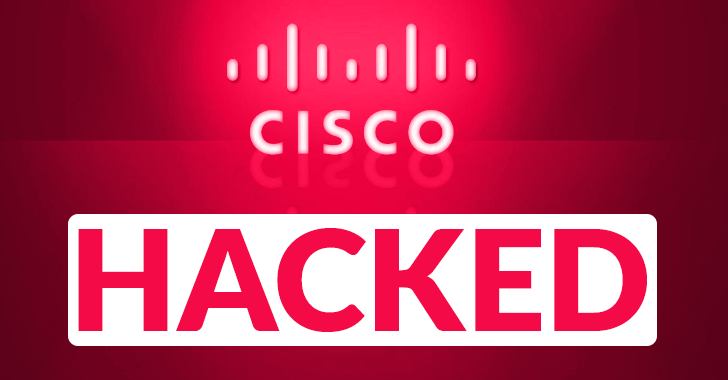Recent reports indicate that Cisco’s corporate network was infected with ransomware from the Yanluowang group in late May.
Under the threat of leaking stolen files to the online world, the threat actor attempted to intimidate the victims into making a financial sacrifice: ransom.
An employee’s Box folder linked to a compromised account was only accessible to attackers for harvesting casual data. It has been determined that Cisco has not identified any impact on its products or business.

In a recent security incident, bad actors released an extensive list of files from the incident on the dark web to the public on August 10.
Breaching Cisco’s Network
By using stolen credentials belonging to an employee of Cisco’s network, Yanluowang operators were able to access Cisco’s network.
During the process, they compromised the employee’s personal Google account, which contained login credentials synced from the employee’s browser, and hijacked the account.
The attacker tricked a Cisco employee into accepting push notifications for MFA. Here the attacker used a series of voice phishing attacks and MFA fatigue to do so and manipulate the victim.
It did not take Yanluowang operators long to spread to Citrix servers and domain controllers after they gained a foothold within the company’s corporate network.
Tools Used
They then used enumeration tools after gaining administrative access to the domain, such as:-
- ntdsutil
- adfind
- secretsdump
A primary objective of these criminals is to collect additional information from compromised computers and install backdoors and payloads onto them.
It should be noted that Cisco did detect them and expelled them from its network, but they continued their attempts as the weeks went by to obtain access again.
The threat actor did numerous illicit activities after gaining initial access to the system.
Recommendations:
As part of the remediation process, Cisco reinforced all the security measures in their IT security environment, as this will reduce the impact of the incident.
There has been no observation or deployment of ransomware, however. Cisco has discovered the incident, and attempts have been successfully blocked since the discovery has taken place.
Here below, we have mentioned all the security measures recommended by Cisco:
Make sure to enable MFA.
Employees should be informed as to whom they should contact in the event of an incident.
Enforce stricter controls around the device status to ensure robust device verification.
Unmanaged or unknown devices should be restricted or blocked from enrollment and access.
Enforce a baseline set of security controls by enabling posture checking before enabling VPN connections from remote endpoints.
Another critical security control is the segmentation of the network.
The collection of logs should be centralized.
Maintaining an offline backup strategy and testing the backups periodically is essential.
Reviewing the execution of command lines on endpoints is recommended.
